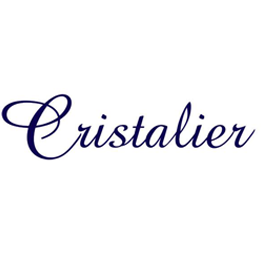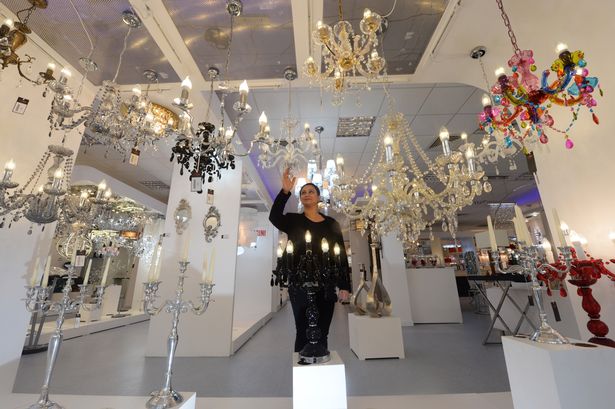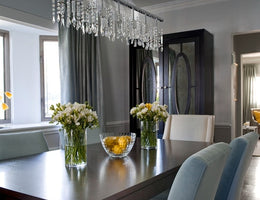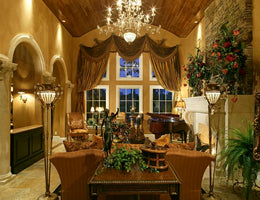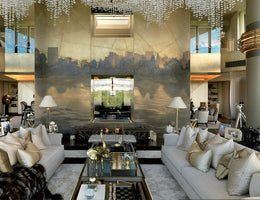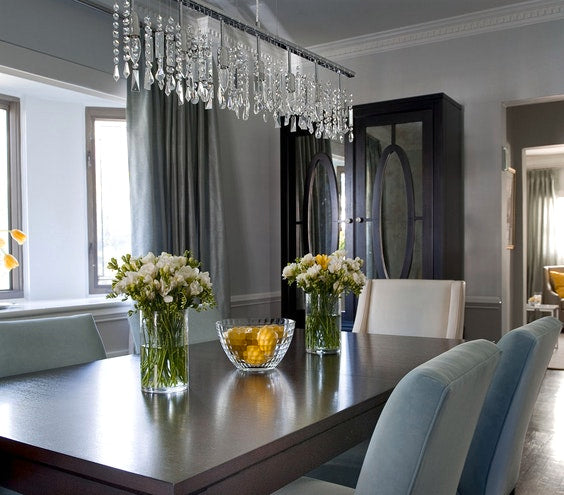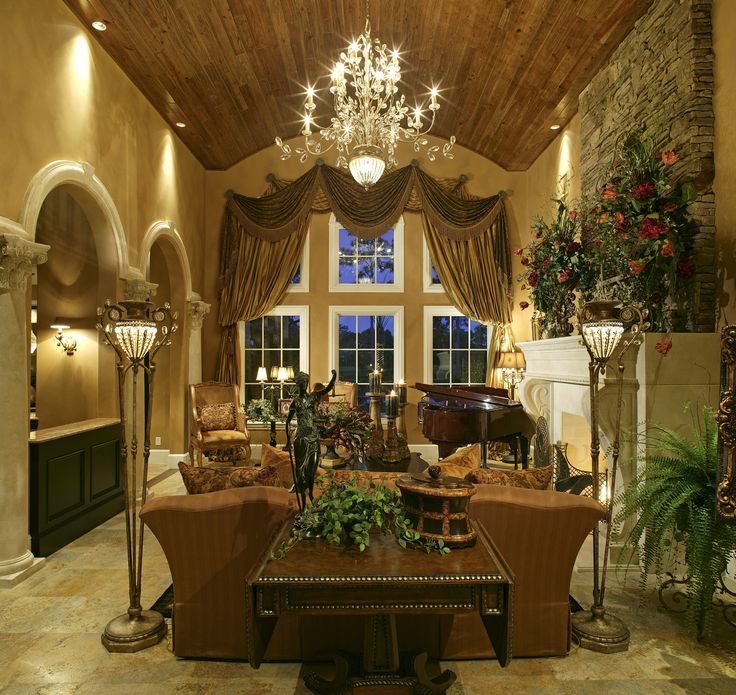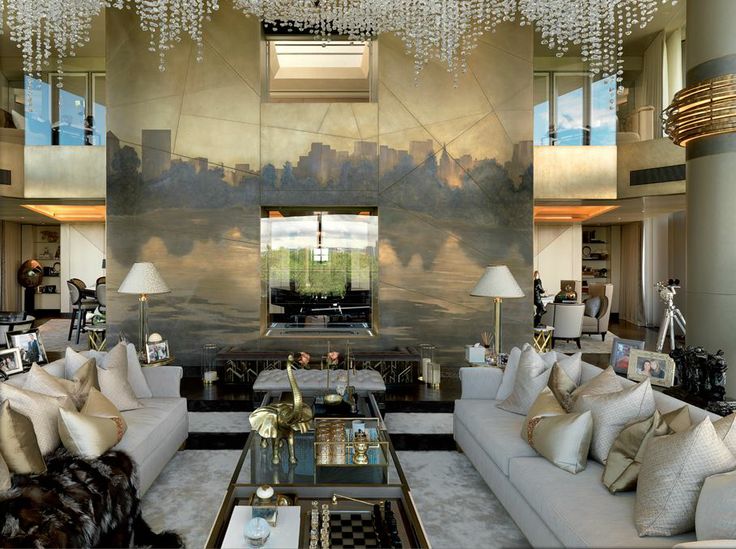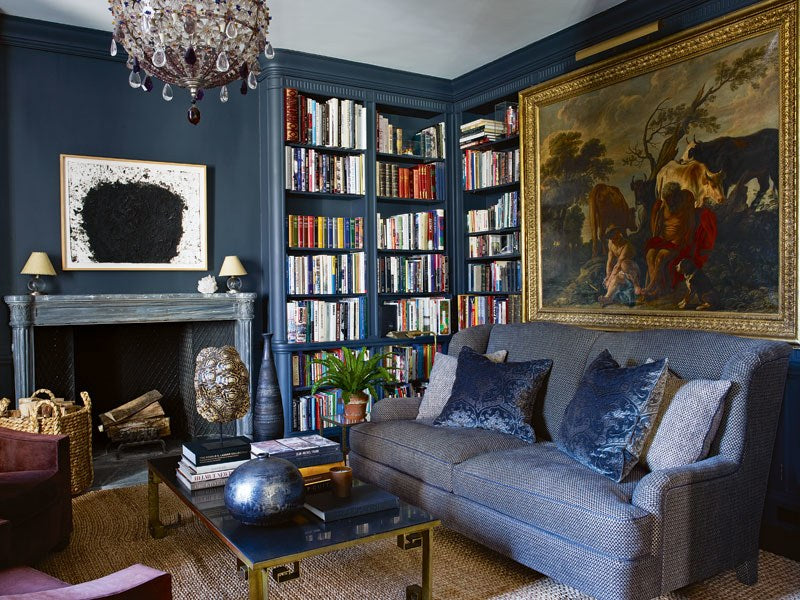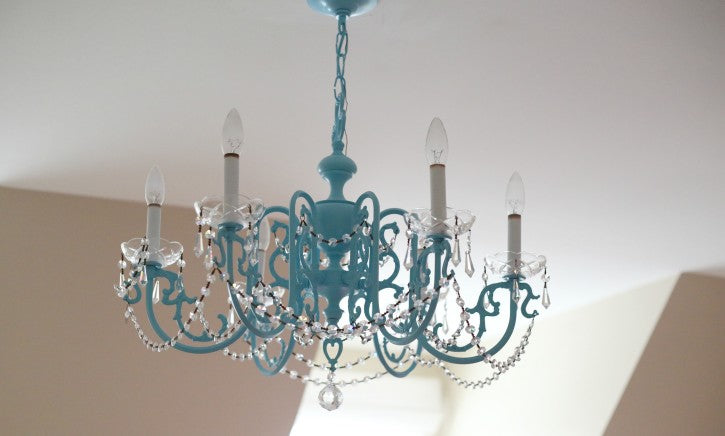
- Mar 10, 2019
- 0
CHANDELIER CRYSTALS
Looking for Chandelier Crystals? It's obvious you love glass. Their transparency reminds us of purity and life in its clarity. Their reflective ability is a beauty of its own; they shine like jewels and we all love them.
But what are chandelier crystals? What is special about this glittering glass? How did they come about and for how long have they been around? How are they made? How can you turn your interest in them into producing something productive? I believe these are some of the reasons why you're searching.
WHAT ARE CHANDELIER CRYSTALS?
Basically, chandelier crystals, like every other crystal is a kind of glass, but not the window, cup or car glass you know. Rather, it is a kind of glass that is made especially with lead oxide (a special component of crystals) so that it becomes stronger, heavier, shinier and more reflective. The other special characteristic of the chandelier crystal is its prism shape. Contrary to flat or round shapes that many glasses take, the chandelier crystal is prismatic. The crystals on a chandelier are often called pendalogues.
But why use lead oxide for crystals? Well, crystals are shiny and brilliant depending on how much lead oxide they contain. Although lead oxide has its kinds, the more lead oxide content in a crystal, the more brilliant it is because it will reflect light better.
HISTORY OF CHANDELIERS
Chandeliers have existed for hundreds of years since the medieval period. Yes, that's a long time ago and yet they are still popular. This is proof of how special they are. Over the centuries, the designs of chandeliers have improved with the increase in wealth and technological advancements. In earlier years chandeliers were a common item in the homes of the aristocracy and royals. You were considered wealthy if you had them in your home. However, the best designs began to come into play in the eighteenth and nineteenth centuries
With time, however, the most prominent chandelier styles to exist are the English glass, the French rock crystals, and the Venetian chandeliers. The origins of these are different but they are what has defined the chandelier styles and features so far.
TYPES OF CHANDELIER CRYSTALS
Now, if you were looking to buy chandeliers crystals, you will want to be armed with knowledge about some really fine crystal types.
The Rock Crystals: This chandelier crystal type is a truly ancient one as far back as the 1700s but in reality, they are as natural as any other mineral. The rock crystal chandelier is very reflective but nowadays, you only find them in museums and some European palaces.
The Colored Crystal: Normally, chandelier crystals are like colourless glass but this particular crystal type is coloured because the original crystal is colour coated for effect.
The Murano Crystal: This crystal type gives you a taste of Italian art with a variety of colours and shapes, plus a price that will not cost you your head. It should be noted, however, that because of the Murano crystal does not contain lead oxide but soda and lime, it is not as brilliant and hard like others.
The Swarovski Crystal: Now this special one, with its origins from the Austrian Alps, is rated as the leader of every other crystal. It is not unlikely that when you were thinking about crystals, it was the Swarovski crystal you were thinking about. They are very brilliant, being one of the purest forms of chandelier crystals with high lead oxide content, but are sometimes colour coated for effect and variety.
The Egyptian Crystal: This type is also called the Gemcut crystal. It has very high lead oxide content which gives it a clear and brilliant appearance but it still does not match the Swarovski crystals in purity and sharpness.
HOW CHANDELIER CRYSTALS ARE PRODUCED
Let us now look at the three methods of producing chandelier crystals. You will have to research and get hands-on experience if you were to manufacture chandelier crystals. The methods are machine cut, hand cut and hand blown methods.
CHANDELIER CRYSTAL CUTS
Here we have a very important topic on chandelier crystals. Chandelier crystals come in multiple shapes and various sizes. These kinds are called pendeloques in case you were asking. Some are octagon, Swedish drop, kite, icicle, square stone, rosette, baguette, cut ball, hexagonal prisms, spear, finial and French.
CHANDELIER CRYSTAL PARTS
Some parts of chandelier crystals you may want to know are:
1. Arm
This is the part of the chandelier that holds the light. It is also called the branch.
2. Arm plate
The block part where the arm fits in. It can be metal or wooden.
3. Baluster
This is an alternating part of different width which part forms the chandelier axis.
4. Bobèche
Also called drip pan, this dish is joined below the candle nozzle to catch drips of wax.
5. Branch or Arm
The part of a chandelier that bears the light.
6. Canopy
This is a shallow dish at the top of a chandelier. It is inverted and beads are suspended in it.
7. Drop
This small glass piece is cut into many shapes, drilled at one end and hung from the chandelier using a brass pin. It forms a festoon when it is completed.
8. Finial
The final flourish at the very bottom of the stem. Some Venetian glass chandeliers have little finials hanging from glass rings on the arms.
9. Hoop
The hoop, which is also called a ring, is circular metal support for arms, or any other chandelier glass pieces.
10. Prism
This one is a kind of straight many-sided drop
11. Spire
This is tall wooden, metal or spiky glass on which arms may be attached. It is usually flat or round.
12. Waterfall or Wedding Cake
This is a kind of rings of drops suspended just underneath the hoop or plate.
In the end, you need to know that chandelier crystal are not as cheap as you might have imagined. Also, there are others out there that are not the original thing. It will pay to know how to identify the real deal from the rest.




